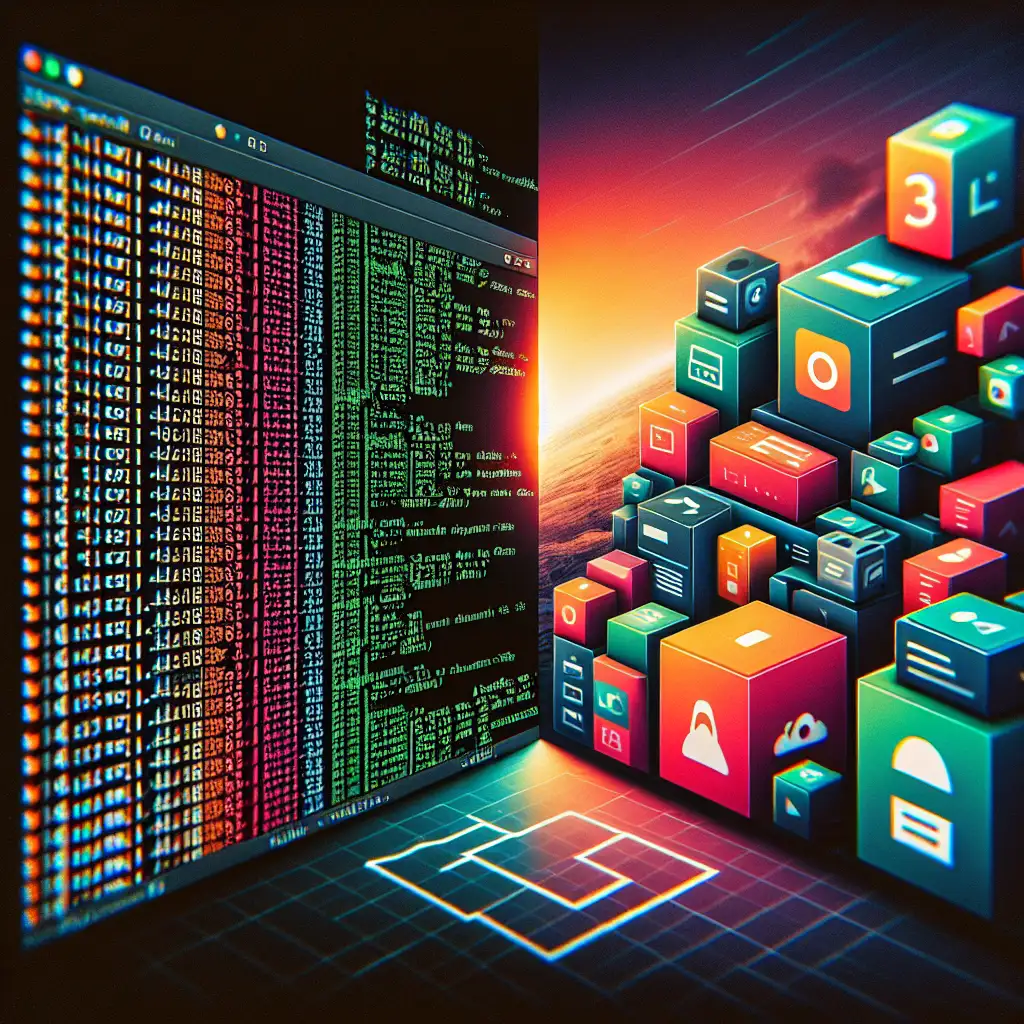Mastering App Installation on Linux: Beyond the Package Manager
When it comes to installing applications on Linux, most users instinctively turn to their distribution’s package manager—apt, yum, dnf, pacman, or zypper. These tools have been the cornerstone of Linux software management for decades, offering convenience and integration. But what if I told you that relying solely on package managers might limit your control, flexibility, and even security?
In this post, we'll dive beyond the package manager and explore alternative ways to install applications on your Linux machine. Whether you want the latest software versions, isolated environments, or simply to understand your system better, knowing these methods will supercharge your Linux experience.
Why Go Beyond Package Managers?
Package managers are fantastic for:
- Easy installation and updates of widely-used software
- Dependency handling
- Keeping your system stable and secure with vetted packages
However:
- Some software may not be available in your distro’s repositories
- Repositories might lag behind official releases
- Complex apps with multiple dependencies can cause conflicts
- Package managers sometimes force global installations without isolation
The takeaway: Learning alternative installation methods equips you with more options so you can pick what suits your needs each time—whether that’s bleeding-edge software or a lightweight portable tool.
Alternative Linux App Installation Methods
1. Installing from Official Vendor Packages (DEB/RPM/Archives)
Many software vendors provide their own downloadable packages:
Example: Installing Google Chrome on Ubuntu
Rather than waiting for Chrome in Ubuntu repos (often outdated), download the official .deb file:
wget https://dl.google.com/linux/direct/google-chrome-stable_current_amd64.deb
sudo dpkg -i google-chrome-stable_current_amd64.deb
sudo apt-get install -f # Fix dependencies if needed
Pros:
- Get latest versions directly from developers
- Occasionally necessary for proprietary apps
Cons:
- Manual updates (no auto-upgrade unless you add repo)
- Dependency management less smooth than via package manager repos
2. Using Universal Packaging Formats: Snap, Flatpak & AppImage
These containerized systems bundle apps with most dependencies for easy installation & sandboxing.
Snap (Canonical)
sudo snap install vlc
Automatically updates and works across distros.
Flatpak
Set up Flatpak once:
sudo apt install flatpak # Debian/Ubuntu example
flatpak remote-add --if-not-exists flathub https://flathub.org/repo/flathub.flatpakrepo
flatpak install flathub org.gimp.GIMP
AppImage (No installation needed)
Download .AppImage file, make it executable:
chmod +x YourApp.AppImage
./YourApp.AppImage
Pros:
- Works on almost any Linux distro
- Isolated from system libraries
- Easy rollback
Cons:
- Larger downloads due to bundling dependencies
- Some apps may lack deep system integration
3. Building and Installing from Source
Ideal when:
- You want bleeding-edge features no packaged build offers
- You need custom compile options
- Your software isn’t packaged
Basic workflow:
# Example: building htop from source
git clone https://github.com/htop-dev/htop.git
cd htop
./autogen.sh # Prepare build system (if needed)
./configure # Check build environment & prepare makefiles
make # Compile source code
sudo make install # Install binaries globally
Pros:
- Maximum control and customization
- Learn how software is put together
Cons:
- Complex dependency management
- Potentially harder to uninstall/update
Tip: Use checkinstall instead of make install to generate distro packages automatically.
4. Using Language-Specific Package Managers
Programming languages often have their own ecosystem tools that can act as app/package installers.
Examples include:
- Python:
pip install --user somepackage - Node.js:
npm install -g somecli - Rust:
cargo install somecrate
These modules/cli tools often provide useful utilities outside traditional repos.
5. Using Containers (Docker/LXC)
If you want complete isolation, say for development or testing:
docker pull nginx # Pull Nginx image from Docker Hub
docker run -d -p 8080:80 nginx # Run Nginx server without installing anything directly on host
Dockerized apps don’t “install” traditionally but allow running consistent environments without messing with your base system.
Summary & Recommendations:
| Method | Use Case | Pros | Cons |
|---|---|---|---|
| Package Manager (apt/yum/pacman) | Stable system-managed installs | Easy updates & dependency handling | Version sometimes behind |
| Vendor Packages (.deb/.rpm) | Latest official releases | Directly from developers | Manual update hassle |
| Snap/Flatpak/AppImage | Cross-distro ease & sandboxing | Isolation & portability | Larger size, potential integration limits |
| Build from Source | Customization & bleeding edge | Total control | Complex setup |
| Language-specific Managers | Developer tools/utilities | Fast installs | Can cause clutter or conflict |
| Containers | Isolated environments | No hardware/system impact | Resource-intensive |
Final Thoughts
Mastering app installation on Linux is about making informed choices rather than blindly following one method. The more tools you understand—from snaps and flatpaks to manual builds—the better equipped you'll be to optimize performance, security, and usability on any Linux system.
So next time you need an app outside “apt-get install,” take a moment. Explore an alternative approach that keeps you in control of your Linux world.
Happy installing!
Got other favorite installation tricks? Share your tips below!
